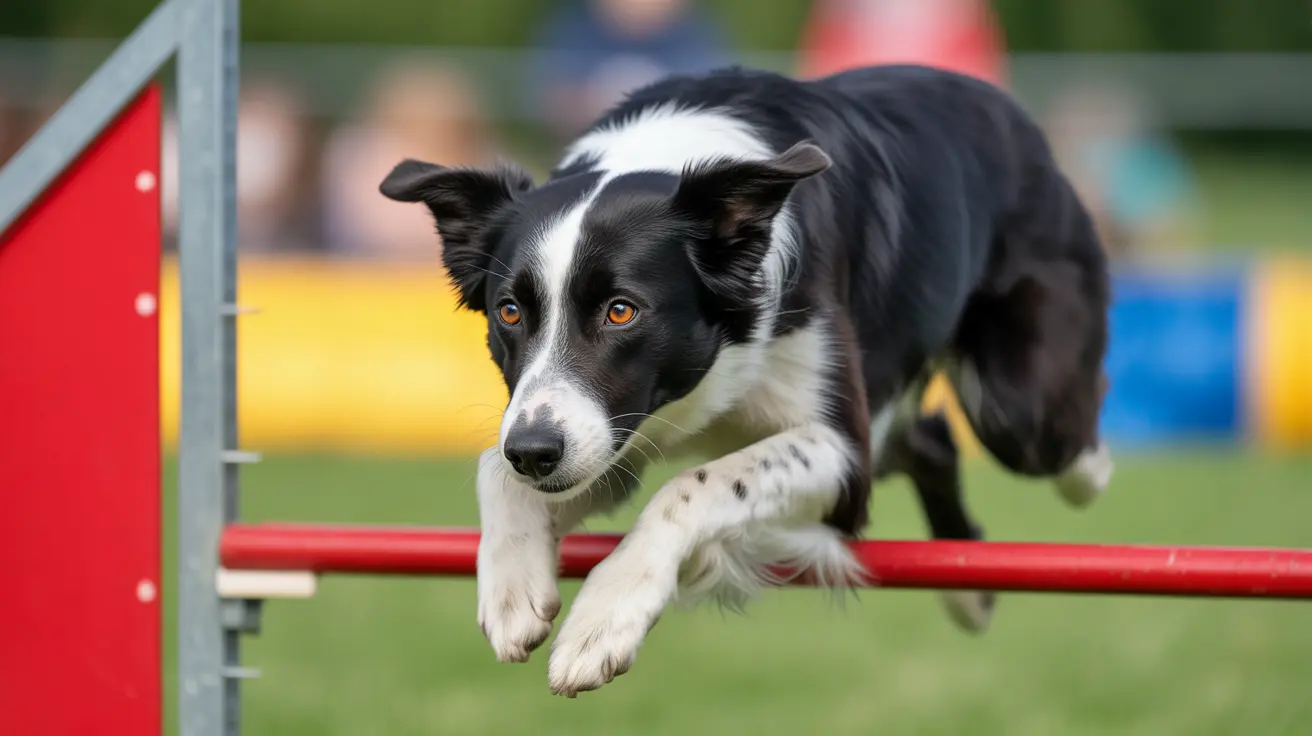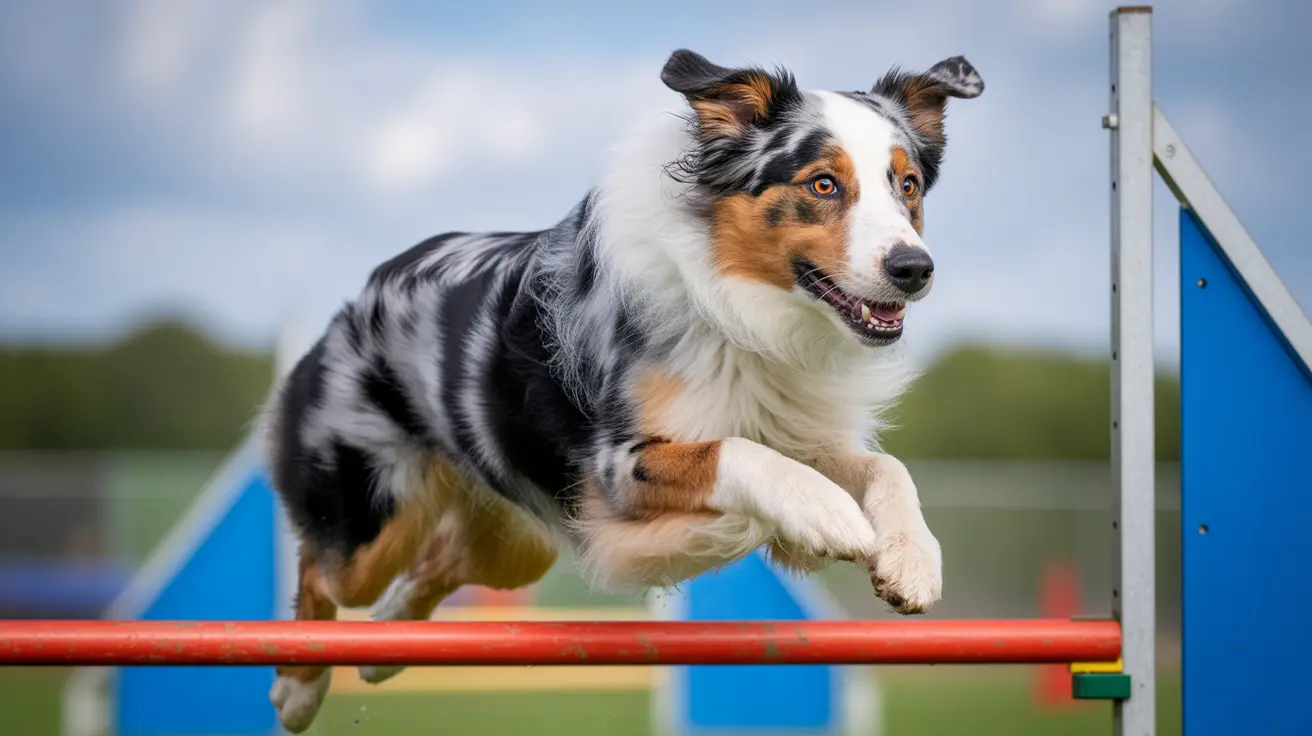Understanding How Long Hypertrophic Osteodystrophy (HOD) Lasts in Puppies
Hypertrophic osteodystrophy (HOD) is a
painful and inflammatory bone disease primarily affecting rapidly growing puppies of large and giant breeds. It can be a distressing experience for both pet and owner due to its sudden onset and severe symptoms. Understanding
how long HOD lasts is critical for managing expectations, ensuring proper care, and supporting your puppy through recovery.
What Is HOD?
HOD is a developmental condition that typically manifests in puppies between the ages of
2 to 8 months, with most cases presenting at around
3 to 5 months of age. It affects the
metaphyses of long bones—primarily the radius, ulna, and tibia—but may also involve the ribs, jaw, and other areas. Common symptoms include:
- Swelling and pain in the limbs
- Fever and lethargy
- Anorexia and reluctance to move
- Bilaterally symmetrical lameness
- Systemic symptoms like eye/nasal discharge and vomiting in severe cases
How Long Does an HOD Episode Last?
HOD is generally
self-limiting. A single episode typically lasts around
7 to 10 days. However, the disease may recur in episodes until the puppy reaches
skeletal maturity. This usually occurs by 12 to 18 months of age, depending on the breed.
Factors Affecting Duration
The duration and recurrence of HOD can vary based on several influences:
- Severity of the case: Mild cases may resolve faster, while severe cases can persist longer.
- Breed and genetics: Some breeds like Weimaraners have a higher risk due to genetic predisposition.
- Response to treatment: Use of NSAIDs or corticosteroids can influence the speed of recovery.
- Presence of systemic symptoms: Dogs with fever, diarrhea, or respiratory symptoms may require more extended care.
- Relapse frequency: Some dogs may experience multiple episodes, prolonging the overall impact of HOD.
Relapse and Long-Term Outlook
While many puppies recover fully from an HOD episode, some may experience relapses. These can continue sporadically until
growth plates close. Each relapse may last 7–10 days but varies depending on management. Although
permanent deformities are rare, repeated or severe episodes may cause:
- Angular limb deformities
- Growth plate damage
- Bone bowing or carpal valgus
Surgical intervention may be necessary in severe cases with lasting limb deformities.
Diagnosis and Monitoring
Veterinarians diagnose HOD through a combination of:
- Physical examination
- Radiographic imaging (revealing characteristic metaphyseal lines)
- Blood tests to exclude other diseases
Monitoring involves regular follow-ups to track healing and screen for relapses or skeletal abnormalities.
Treatment Options
Therapy is largely supportive and varies with severity:
- NSAIDs for pain in mild to moderate cases.
- Corticosteroids for severe or unresponsive situations, especially effective in Weimaraners.
- Hospitalization with IV fluids and nutritional support in critical cases.
- Antibiotics if secondary infection or immunosuppression occurs.
- Restricted exercise and physical therapy during recovery.
Dietary management is also crucial. Avoid
excessive supplementation with vitamins or minerals, particularly calcium and high-calorie foods.
Prognosis
The prognosis for HOD is generally favorable. Most puppies recover completely, especially with prompt diagnosis and supportive care. Relapses usually subside once the puppy reaches physical maturity. Owners should be aware of warning signs for recurrence and seek veterinary care promptly to ensure the best outcome.
Can HOD Be Prevented?
While the exact cause of HOD remains unclear, some preventive strategies can minimize risk:
- Feed large breed puppies a balanced diet appropriate for their growth stage.
- Avoid unnecessary supplements, especially calcium and fat-rich foods.
- Prevent excessive physical stress like jumping or running on hard surfaces.
- Use caution with vaccination timing in predisposed breeds.
Conclusion
Hypertrophic osteodystrophy is a painful but typically
temporary condition in growing pups. Episodes usually last about 7–10 days, with possible relapses until skeletal maturity. With attentive care, most dogs make a full recovery. Pet owners should work closely with their veterinarians to tailor treatment and minimize complications.





